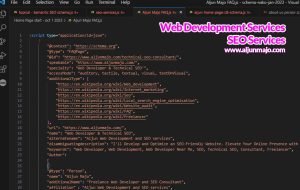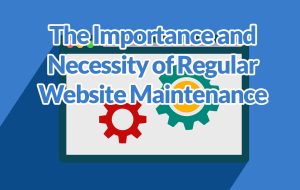Website Performance Matters: The Importance of Website Speed Optimization
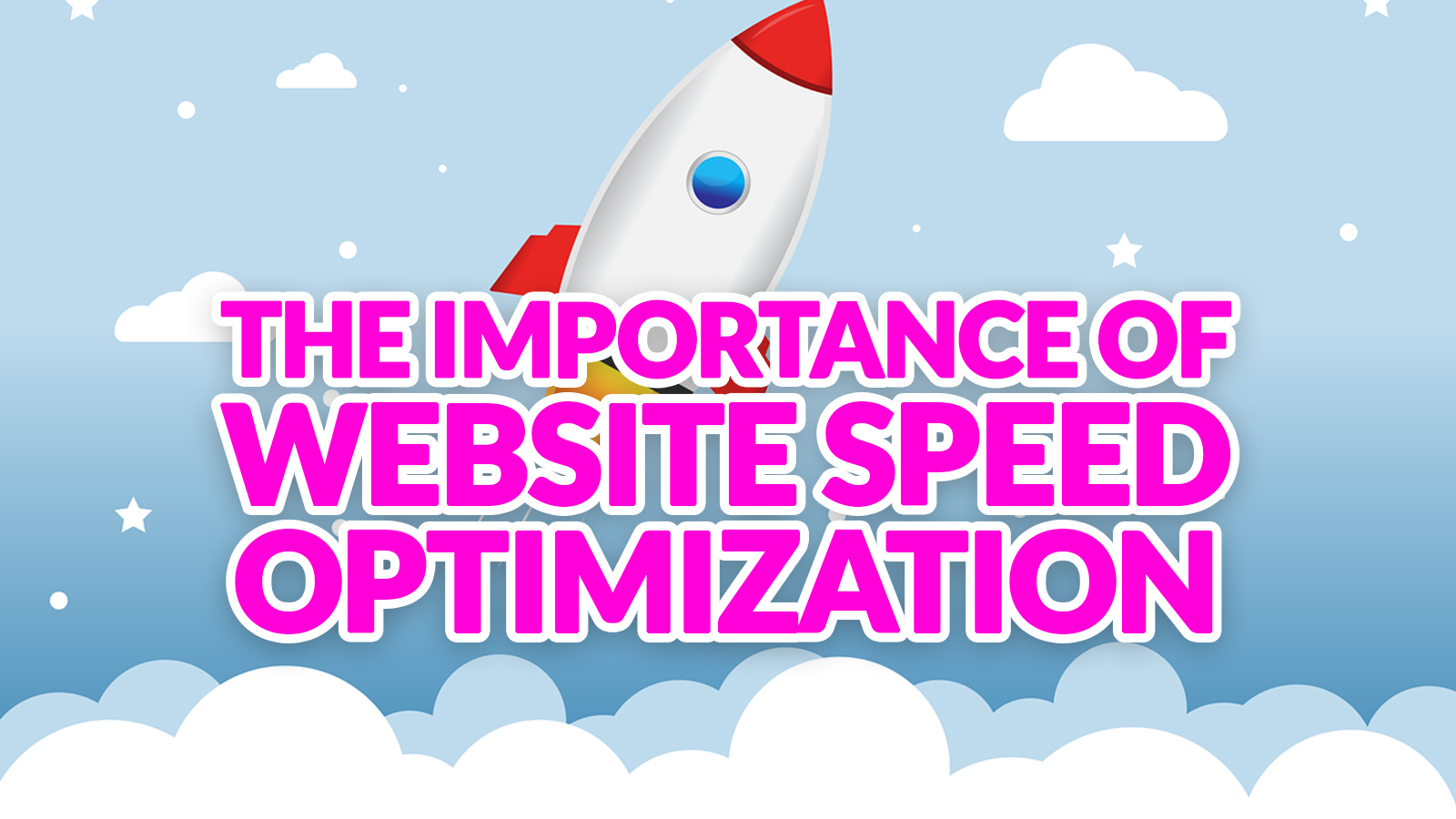
Website Speed Optimization: The Importance of a Fast Website in Today’s Digital Landscape
In today’s fast-paced digital world, website speed optimization has become an essential aspect of website design and development. With the growing reliance on the internet, website visitors expect to be able to access information and complete transactions quickly and easily. As a result, a slow website can be detrimental to your business, leading to frustrated visitors, lost customers, and reduced conversion rates.
Because of this, it is vital to understand the factors contributing to slow website speed and implement website speed optimization strategies. Therefore, this article will provide an overview of website speed optimization, the importance of a fast website, and tips for optimizing website speed and improving the user experience.
Table of Contents
What is Website Speed Optimization?
Website speed optimization is making technical adjustments to a website to improve its loading time and overall performance. Website speed optimization aims to provide visitors with a fast, responsive website that loads quickly and seamlessly, reducing the bounce rate and improving the user experience.
Why is Website Speed Important?
A fast website is vital for many reasons. Firstly, website speed can impact search engine rankings, with Google and other search engines ranking websites faster and higher in search results. Additionally, a slow website can negatively impact the user experience, leading to frustrated visitors who are less likely to return to your site in the future.
Furthermore, a slow website can lead to lost customers and reduced conversion rates. In today’s fast-paced digital world, website visitors expect to be able to access information and complete transactions quickly and easily. Therefore, a slow website can be a major turn-off for visitors, causing them to abandon their purchase or leave your site in favor of a competitor’s faster website.
Finally, website speed can also impact the performance of your online marketing campaigns’ performance, reducing your efforts’ effectiveness and potentially reducing the return on your investment.
Tips for Website Speed Optimization
Optimizing a Website for Speed, there are several key strategies you can implement, including:
Compressing images
Large, unoptimized images can significantly slow down your website. Compressing images can reduce the file size and improve website speed.
Compressing images is an essential aspect of website speed optimization, as large image sizes can significantly slow down page load times, leading to a poor user experience and a high bounce rate. Optimizing images for web usage involves reducing their file size without affecting their visual quality.
There are two main ways to compress images for the web: lossy and lossless compression. Lossy compression eliminates some of the image data, resulting in a smaller file size. This compression type is typically used for JPEG images, which are best suited for photographs and images of many colors and shades. Lossless compression, on the other hand, compresses an image without losing any of its data. This compression type is typically used for PNG images, which are best suited for graphics and icons with a limited number of colors.
To reduce image sizes, there are several tools and techniques available. The first and most basic way to compress images is by using image editing software, such as Adobe Photoshop or GIMP, to save images in a web-friendly format and to adjust their quality settings. For example, in Photoshop, the “Save for Web” feature allows users to preview and change the compression settings for an image, making it possible to find the best balance between file size and image quality.
Another option for compressing images is to use online tools, such as TinyPNG or Compressor.io, which can automatically optimize images for web usage by applying lossy and lossless compression techniques. These tools also provide a side-by-side comparison of the original and compressed images, making it easy to see the difference in file size and visual quality.
In addition to compressing individual images, several other optimization techniques can be used to improve the overall speed of a website. For example, convert images to the WebP format, and the converted images are typically less than half the size (for jpeg) while maintaining the same quality. Lazy loading, where images are only loaded as needed, can also help improve page load times by reducing the amount of data that needs to be loaded upfront.
In conclusion, compressing image is a critical component of website speed optimization. By using lossy or lossless compression techniques and tools, it is possible to reduce image file sizes without sacrificing visual quality, leading to faster page load times and a better user experience. By incorporating image compression into your overall website optimization strategy, you can improve your website’s performance and provide your users with a smooth and seamless browsing experience.
Minimizing HTTP requests
Each time a page loads, it generates HTTP requests. Minimizing these requests can reduce the time it takes for a page to load and improve website speed.
Minimizing HTTP requests is a vital aspect of website speed optimization. The number of requests made to a server for resources such as images, scripts, and stylesheets directly impacts page load times. To minimize HTTP requests, consider the following techniques: reducing the number of components on a page, using a content delivery network (CDN), embedding small images and scripts directly into HTML, and utilizing caching. A CDN can deliver resources from a server closer to the user, reducing latency and improving page load times. Caching allows browsers to reuse previously loaded resources, reducing the number of requests to the server. Embedding small images and scripts directly into the HTML can also help to eliminate separate requests. It’s important to balance the number of requests with overall website functionality to ensure optimal performance.
Using a content delivery network (CDN)
A CDN is a network of servers that can cache your website’s content and serve it to visitors from a server that is geographically closest to them, reducing the time it takes for your site to load.
Using a content delivery network (CDN) is an efficient technique to increase website speed optimization. A content delivery network (CDN) is a global network of servers that can distribute content such as images, scripts, and stylesheets. A CDN can distribute resources from a server closer to the user, lowering latency and improving page load times. This improves the user experience and can reduce the chance of server downtime. A CDN can also assist in distributing the load on a server, enhancing the overall stability of a website. When adopting a CDN, it is critical to examine the cost, compatibility with the website, and degree of support provided.
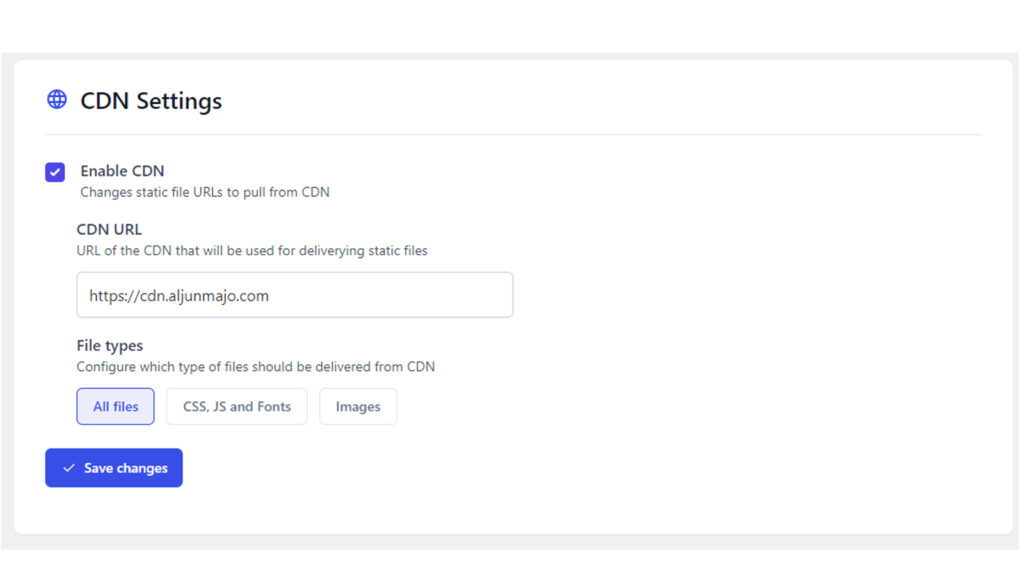
Page caching
Page caching is a technique used in website speed optimization to store a copy of a website’s pages on the server or in the client’s browser. The purpose of page caching is to reduce the time and resources required to generate a page each time it is requested, resulting in faster page load times and a better user experience.
Server-side caching is a type of page caching that stores a copy of a website’s pages on the server. This allows the server to quickly serve up a cached version of the page in response to subsequent requests, reducing the time and resources required to generate the page from scratch each time. This results in faster page load times and improved website performance.
Client-side caching, on the other hand, involves storing a copy of the website’s pages in the client’s browser. This allows the browser to quickly retrieve the cached version of the page in response to subsequent requests, reducing the amount of data that needs to be transmitted over the network. This results in faster page load times and improves website performance, especially for users with slow or limited network connections.
To effectively implement page caching, it is important to consider several factors, such as the type of content being served, the frequency of updates to the content, and the resources required to generate the page. This helps to ensure that page caching is implemented in a way that is both effective and efficient while avoiding any negative impact on website performance or the user experience.
In conclusion, page caching is a crucial technique in website speed optimization that can help to significantly improve website performance and the user experience. By implementing effective page caching strategies, such as server-side caching and client-side caching, website owners can reduce page load times, improve website performance, and provide a better user experience for their visitors.
Server-side caching
Server-side caching stores data or website content on a web server to reduce the time required to access the data and reduce the load on the originating server. As a result, cached content can be served quickly, reducing the time it takes for a website or application to respond to requests.
Server-side caching is a technique used in website speed optimization to reduce the time and resources required to generate a page. By caching frequently accessed data and resources on the server, the server can quickly retrieve and deliver them to the browser without dynamically generating the content each time a page is requested. This can significantly improve page load times and overall website performance, especially for websites with high traffic. Some popular server-side caching technologies include Memcached and Varnish Cache. It’s important to properly configure and implement server-side caching to ensure that it is effective and does not negatively impact website functionality. Regular monitoring and tuning may also be necessary to maintain optimal performance.
Optimizing your website’s code
By optimizing your website’s code, you can reduce the amount of time it takes for a page to load and improve website speed.
Optimizing your website’s code is an important aspect of website speed optimization. This involves making changes to the code to reduce file sizes, minimize the number of requests made to a server, and improve the overall efficiency of the code. Simple changes such as minifying HTML, CSS, and JavaScript files can help reduce file sizes and improve page load times. Additionally, using modern technologies and best practices, such as lazy loading, can also help improve website performance. It’s also important to regularly review and update code to ensure it is efficient and well-structured. Regular code audits can help identify areas for improvement and ensure that the website continues to perform optimally. Optimizing the code can help improve the overall user experience and reduce the risk of server downtime.
Remove unused CSS and JavaScript
Removing unused CSS and JavaScript is a vital step in website speed optimization. Unused code increases the size of files and slows down page load times, negatively impacting the overall performance of a website. To remove unused CSS and JavaScript, it’s essential to regularly review and analyze the code and identify any styles and scripts that are not being used. This can be done manually or using tools such as PurifyCSS or Unused-CSS, which scan a website’s HTML and remove unused styles and scripts.
Removing unused code reduces the file size and number of requests made to a server, improving page load times and the overall performance of a website. It also reduces the amount of code that needs to be downloaded and processed by a browser, providing a better user experience.
It’s essential to regularly review and optimize CSS and JavaScript to ensure that the website continues to perform optimally. This may involve updating the code to use more efficient techniques, removing deprecated styles and scripts, and reducing the number of styles and scripts used on a page. By removing unused CSS and JavaScript, you can improve website performance, reduce the risk of server downtime, and provide a better user experience for your visitors.
Minify CSS and JavaScript
Minifying CSS and JavaScript is a crucial aspect of website speed optimization. CSS and JavaScript files, when not optimized, can be very large, leading to slow page load times and a negative impact on the overall performance of a website. Minifying CSS and JavaScript involves removing all unnecessary spaces, comments, and characters from the code, reducing the file size and improving page load times.
Minifying CSS and JavaScript files can have a significant impact on website performance. Smaller file sizes reduce the amount of data that needs to be transmitted between a server and a client, improving page load times. Additionally, smaller files are quicker to download and process, providing a better user experience.
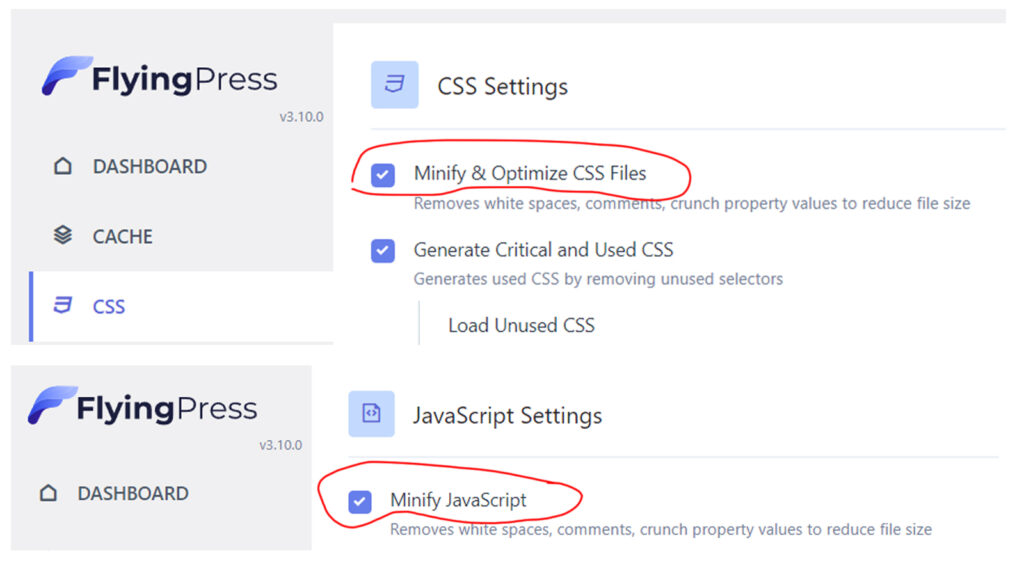
Many tools are available to minify CSS and JavaScript, including CSS Minifier and UglifyJS. It’s important to regularly review and optimize CSS and JavaScript files to ensure that the website continues to perform optimally. Minifying CSS and JavaScript is an essential step in website speed optimization and can help improve a website’s overall performance, reduce the risk of server downtime, and provide a better user experience for your visitors.
Using a website speed test tool
Using a website speed test tool is a crucial step in website speed optimization.
These tools provide valuable insights into a website’s performance, including load times, the size of files, and the number of requests made to a server. Using a website speed test tool, you can identify areas for improvement, prioritize optimizations, and monitor progress.
Several website speed test tools are available, including GTmetrix, Pingdom, and Google PageSpeed Insights. These tools provide detailed reports on a website’s performance, including recommendations for improvement. For example, a website speed test tool may identify images that need to be optimized, scripts that can be minified, or CSS and JavaScript files that can be combined.
A website speed test tool is essential to website speed optimization. It provides the information needed to make informed decisions about optimizations and helps to ensure that a website continues to perform optimally. Regularly using a website speed test tool can improve website performance, reduce the risk of server downtime, and provide a better user experience for your visitors.
Cumulative Layout Shift(CLS) or Reduce Layout Shifts
Cumulative Layout Shift (CLS) is a metric that measures the sum of all individual layout shift scores for every unexpected layout shift that occurs while loading a page. It is a key performance indicator used to assess a website’s stability and user experience. In the context of website speed optimization, minimizing CLS is important because layout shifts can cause frustration and confusion for users, leading to a poor user experience and reduced engagement.
To learn more about CLS please click and read this article about How to find and fix the unexpected layout shifts or Cumulative Layout Shifts (CLS)
To minimize CLS, it is vital to appropriately size elements on a page, such as images and videos, and to avoid using dynamic content that can change size during loading. Additionally, it’s essential to prioritize critical content loading and provide placeholders for elements that may take longer to load. This helps prevent layout shifts and reduces the overall CLS score.
Several tools are available for measuring CLS, including Google PageSpeed Insights and Lighthouse, which can provide detailed reports on a website’s performance and recommendations for improvement. By regularly monitoring CLS and taking steps to minimize it, website owners can improve the user experience, reduce bounce rates, and increase engagement and conversion rates.
In conclusion, CLS is a critical metric in website speed optimization and plays a crucial role in measuring a website’s stability and user experience. By taking steps to minimize CLS, such as appropriately sizing elements, prioritizing critical content loading, and providing placeholders, website owners can improve the user experience and drive better results.
Preloading, delaying or deferring links and JavaScript execution
Preloading, delaying, and deferring links and JavaScript execution are important website speed optimization techniques that help optimize the loading and execution of resources on a website. These techniques are used to prioritize the loading of essential resources and delay or defer the loading of non-critical resources until they are needed, which can help to reduce page load times and improve website performance.
Preloading is a technique that allows website owners to indicate to the browser which resources should be loaded and stored in advance so they are ready to be used as soon as they are needed. This can help reduce the time required to retrieve the resources and improve website performance.
On the other hand, delaying the loading or lazy loading of resources involves holding off on loading certain resources until the user has interacted with the page. This can help reduce the time required to retrieve the resources and improve website performance, especially for users with slow or limited network connections.
Deferring the execution of JavaScript, on the other hand, involves delaying the execution of JavaScript code until the page has finished loading. This helps to ensure that the page loads as quickly as possible without being blocked by the execution of JavaScript code.
In conclusion, preloading, delaying, and deferring links and JavaScript execution are important techniques in website speed optimization that can help to improve website performance and provide a better user experience for visitors. By implementing these techniques effectively, website owners can ensure that their website loads quickly and efficiently without negatively impacting the user experience.
Final Thoughts: Website Speed Optimization
Website speed optimization is crucial to running a successful website as it directly impacts user experience, search engine rankings, and conversion rates. A slow website can lead to frustrated users, lower search engine visibility, and reduced conversions. The conclusion of website speed optimization involves understanding the various factors contributing to website speed and implementing best practices to improve the website’s performance.
In conclusion, website speed optimization is a continuous process that requires ongoing attention and effort to maintain high website performance. By implementing best practices, website owners can ensure that their website is fast, user-friendly, and optimized for search engines. Ultimately, a fast and optimized website will result in a better user experience, improved search engine visibility, and higher conversion rates, making website speed optimization a valuable investment for any website owner.
Given what I’ve mentioned above, implementing website speed optimization can be challenging if you lack knowledge in web development, particularly with the web server and a few server configurations. However, if you want to apply website speed optimization but lack web development knowledge, you can hire a freelance web developer that specializes in technical SEO and website speed optimization on freelance platform websites like Upwork.com, Freelancer.com, and Fiverr.com.

